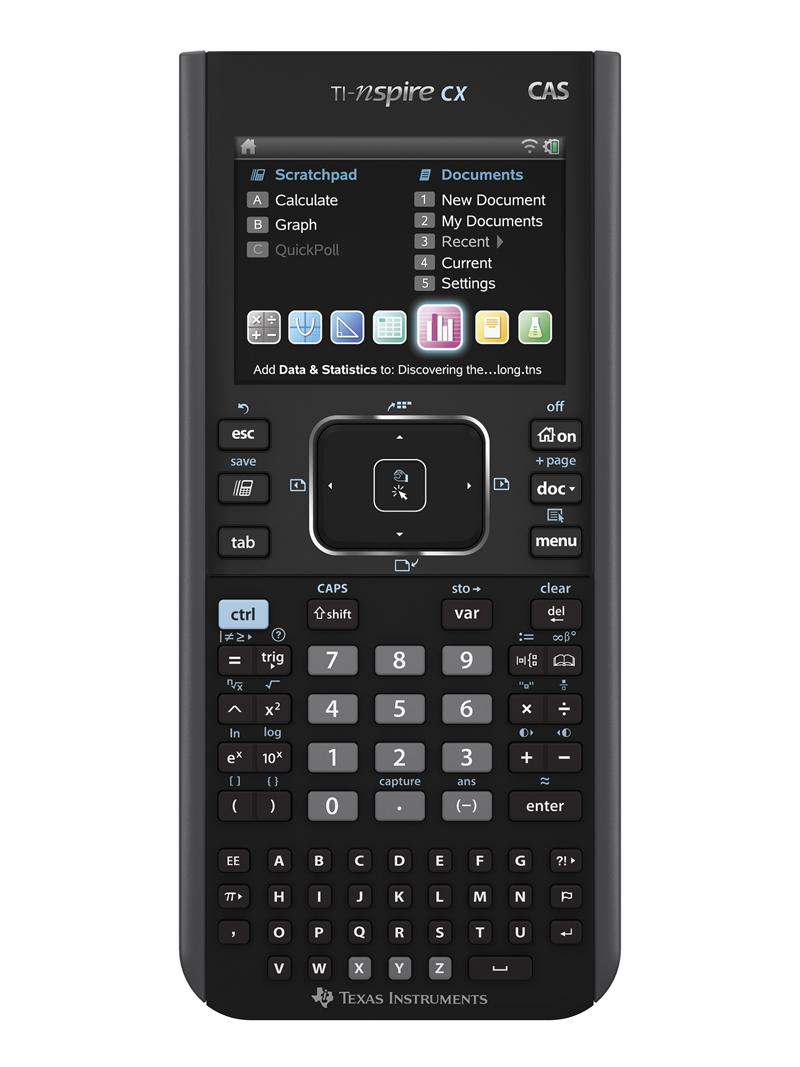8. Logarithmic Functions
Resources for 8. Logarithmic Functions
| Site: | ARPDC |
| Course: | ERLCMath 30-1, 2012-2014 - Stephanie MacKay (Click to Enter) |
| Book: | 8. Logarithmic Functions |
| Printed by: | Guest user |
| Date: | Saturday, 8 November 2025, 2:03 AM |
8.1 Understanding Logarithms
Class Notes
The McGraw-Hill Ryerson PreCalculus 12 Text is used as the Main Resource.
Assignments in the Powerpoint Lesson Plans refer to pages and questions in the PreCalculus 12 text.
![]() 8.1 Understanding Logarithms (revised)
8.1 Understanding Logarithms (revised)
Digital Resources to Engage Students and Differentiate Instruction
Watch the video to Graph inverse function x = 2^y:
Pedagogical Shifts: TRANSFORM, Moving from Traditional to Student-Centered
Have you ever played the card game WAR? It's a game where two players divide a deck of cards between them. Each player flips up a card. The player with the higher value card takes both cards and adds to their deck. The process is repeated again and again. The player who collects all of the cards has won the game. Do you remember what to do when the values are the same... a "tie"?
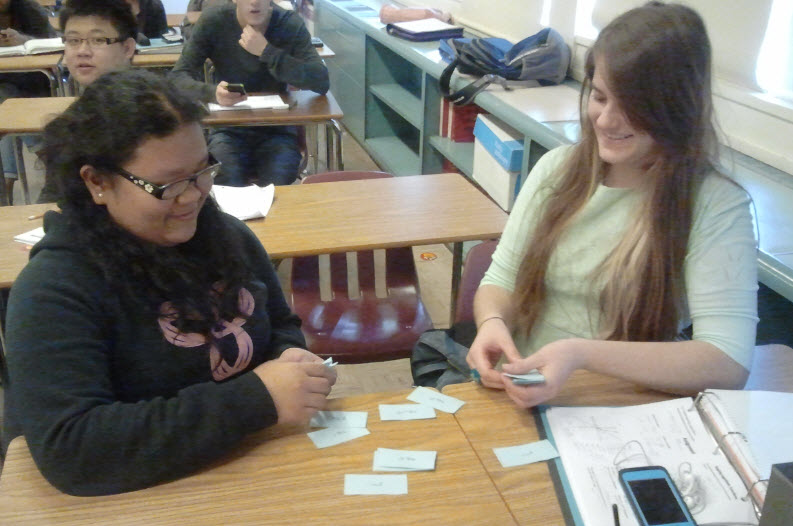
Here is a version of the game called Logarithm War Activity.
The activity includes 4 pages of benchmark logarithms similar to the picture below. I copied the pages on thicker coloured paper and then used a paper cutter to cut up the cards and placed them in an envelope. Students were randomly grouped in pairs and played war with logarithms.
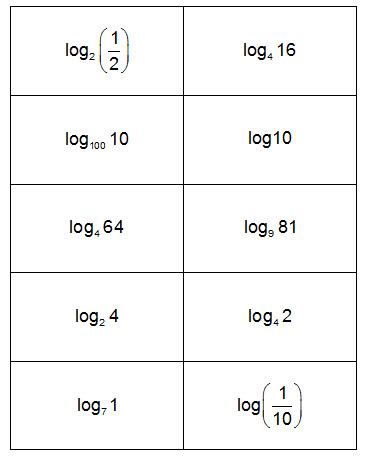
I was impressed at the students' ability to use Mental Math and Estimation to evaluate the benchmark logarithms. They played war for about 15 to 20 minutes during class. Students were very motivated to understand every single example. I found it interesting that after playing for a while, students separated the cards into expressions that they knew and expressions that the did not understand. They also grouped expressions that were similar.... argument of 1. When they called me over their comment to was was " I get these, but I don't know how to do these?" This made me realize that the Logarithm Was Activity was a good example of TRANSFORM and Pedagogical shifts from Summative Assessment to Formative Assessment .
Logarithms: Line them Up!
In this activity, I used the Logarithm War expressions and wrote them on individual sheets of paper. I randomly distributed the expressions to the students. Students were asked to line up in ascending order using the value of the expression.... without talking. Students in the "gallery" had to decide if the values were in the correct order. There was an interesting discussion about log(0) and log(-4) and where they should be in the line-up. I also included some examples such as logb(b^4). This was a nice activity that promoted communication and mental math and estimation.
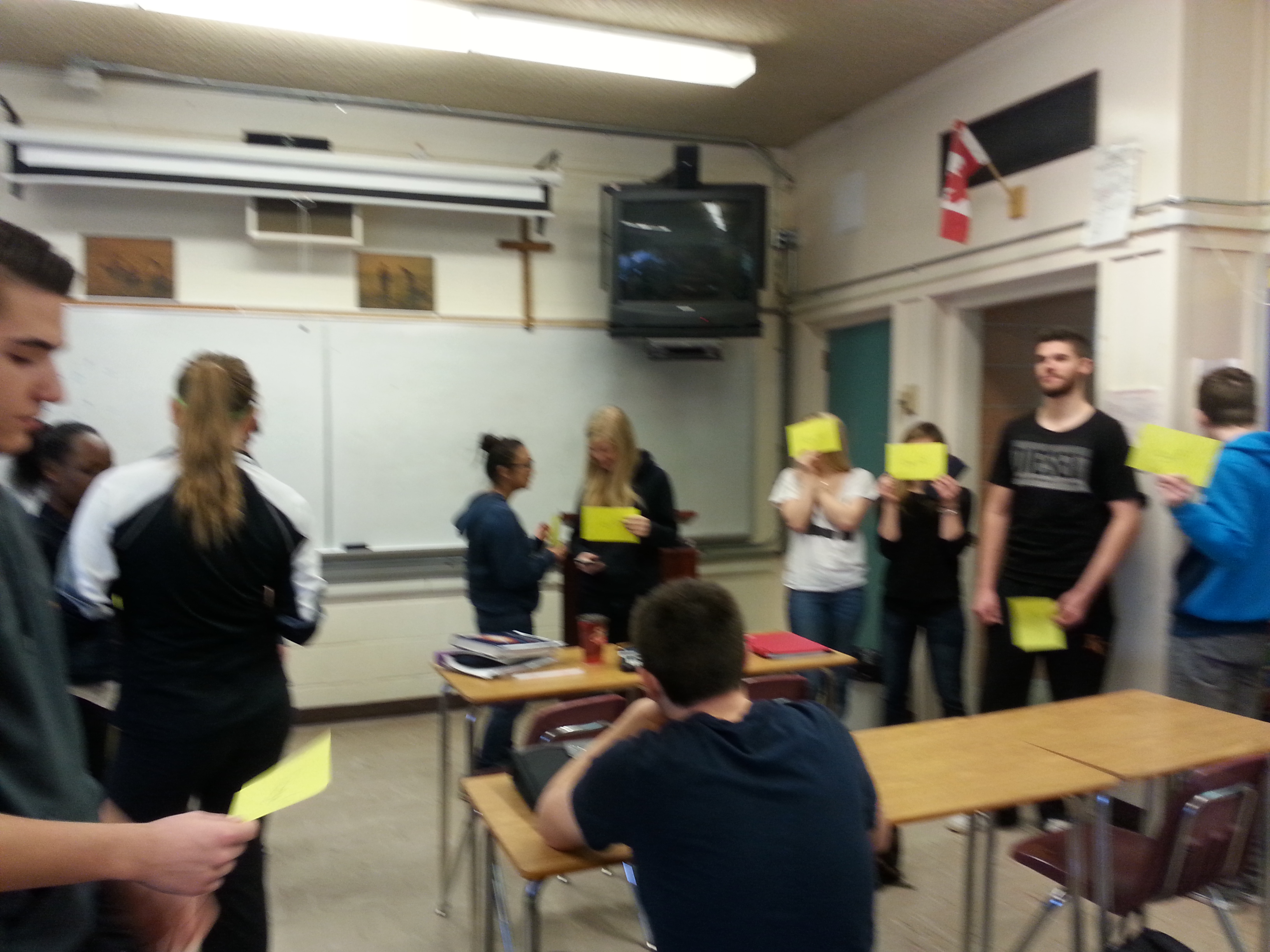
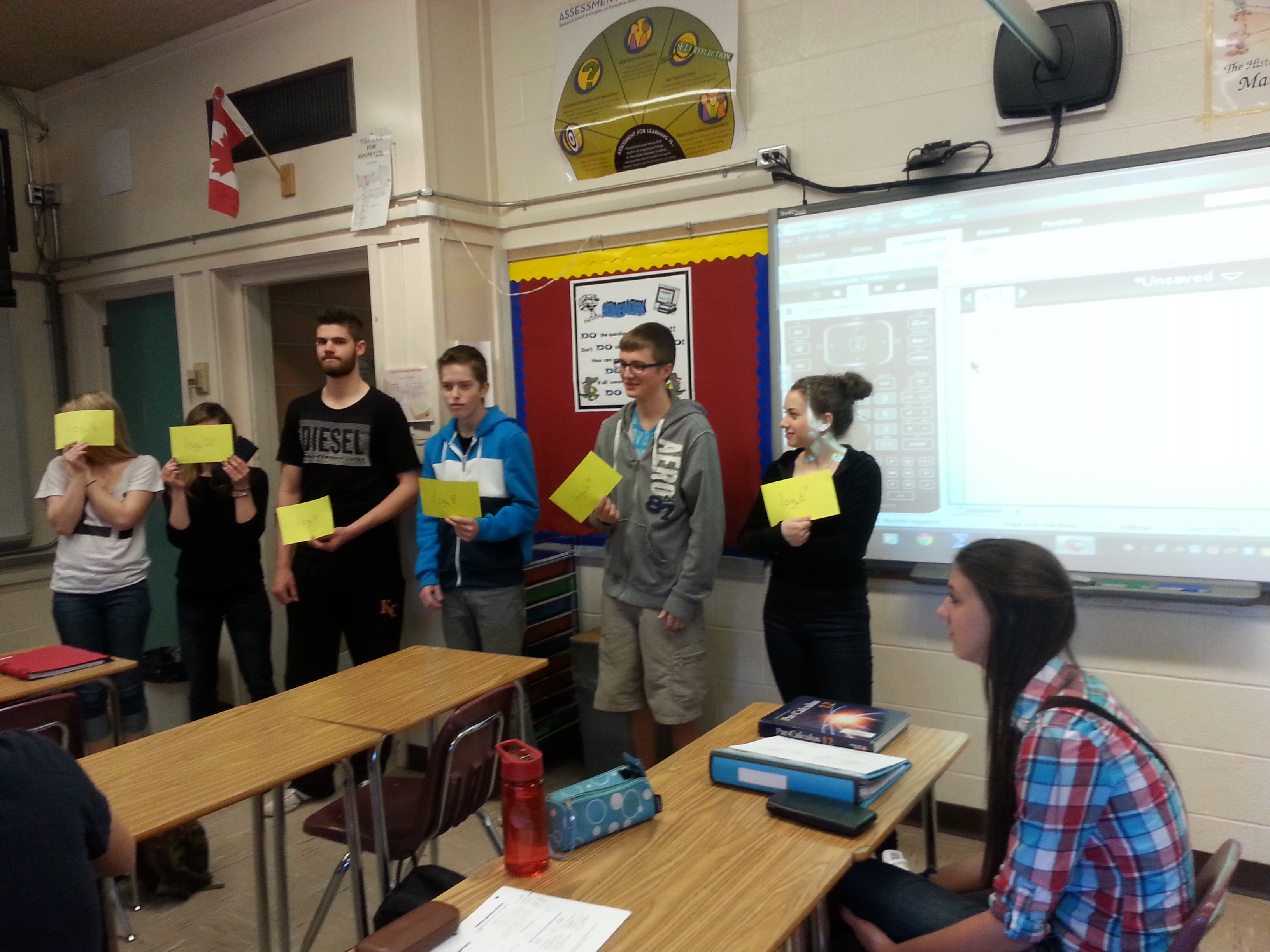
8.2 Transformations of Logarithmic Functions
Class Notes
The McGraw-Hill Ryerson PreCalculus 12 Text is used as the Main Resource.
Assignments in the Powerpoint Lesson Plans refer to pages and questions in the PreCalculus 12 text.
![]() 8.2 Transformations of Logarithmic Functions
8.2 Transformations of Logarithmic Functions
Digital Resources
Watch the demonstration video on using the Logarithmic Transformation file.
8.3 Laws of Logarithms
Class Notes
The McGraw-Hill Ryerson PreCalculus 12 Text is used as the Main Resource.
Assignments in the Powerpoint Lesson Plans refer to pages and questions in the PreCalculus 12 text.
![]() 8.3 Laws of Logarithms (revised)
8.3 Laws of Logarithms (revised)
Connection to TRANSFORM and Pedagogical Shifts
The PowerPoint lesson guide above has been changed to incorporate the Student as Inquirer and Creator to discover the laws of logarithms. Students use their knowledge of benchmark logarithms to calculate the sum of two logarithms. Students then write an equivalent expression for the value as a logarithm.
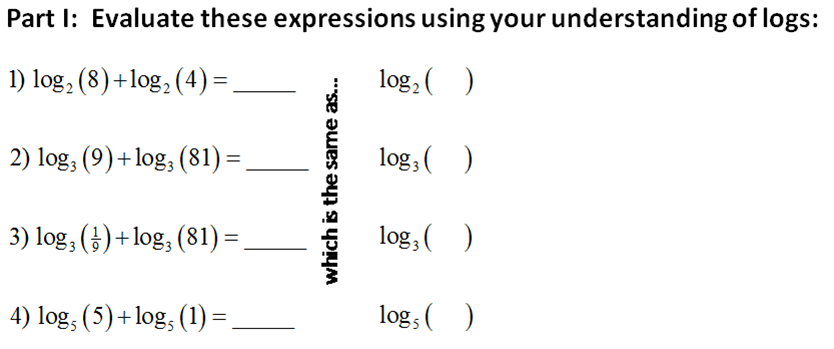
We filled in the LHS first to develop a pattern.

Then we looked at the RHS. Students were asked make a connection between the arguments of the logs being added to the result. "What mathematical operation with 8 and 4 results in 32?" Many students were able to discover that the operation had to be multiplication and were able to complete the rule.

After the students made a conjecture for the rule of adding logarithm expressions with the same base, the rule was derived. Take a look at the PowerPoint lesson to see more.
Worksheets
8.4 Logarithmic and Exponential Equations
Class Notes
The McGraw-Hill Ryerson PreCalculus 12 Text is used as the Main Resource.
Assignments in the Powerpoint Lesson Plans refer to pages and questions in the PreCalculus 12 text.
![]() 8.4A Logarithmic and Exponential Equations revised
8.4A Logarithmic and Exponential Equations revised
![]() 8.4B Applications of Logarithmic and Exponential Equations
8.4B Applications of Logarithmic and Exponential Equations
I made a slight correction to the notes for solving equations. I had mistakenly labeled the restrictions on the variable x as the domain. The correct terminology when referring to a variable in an argument of a logarithmic equation is restrictions on the variable.

